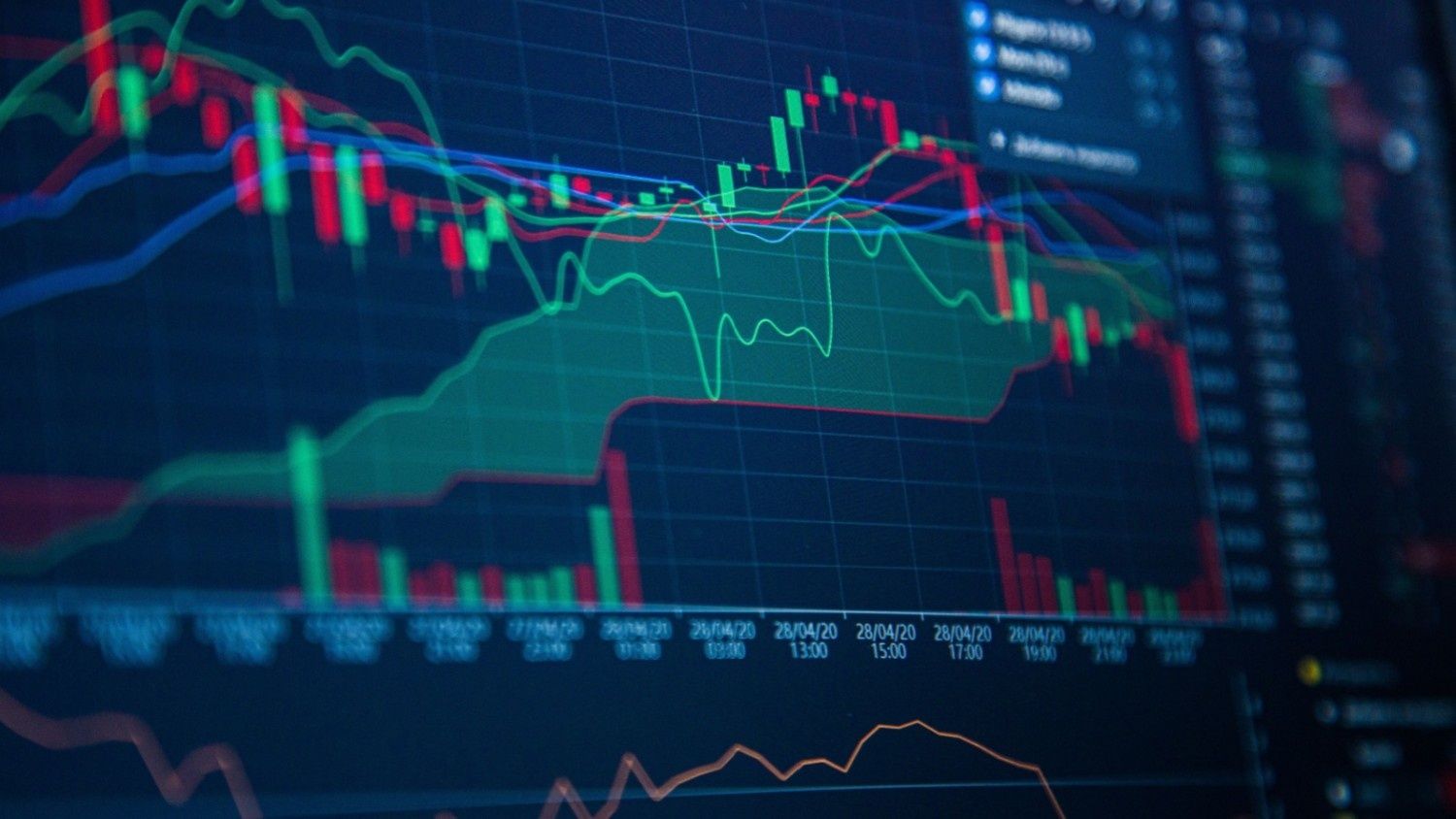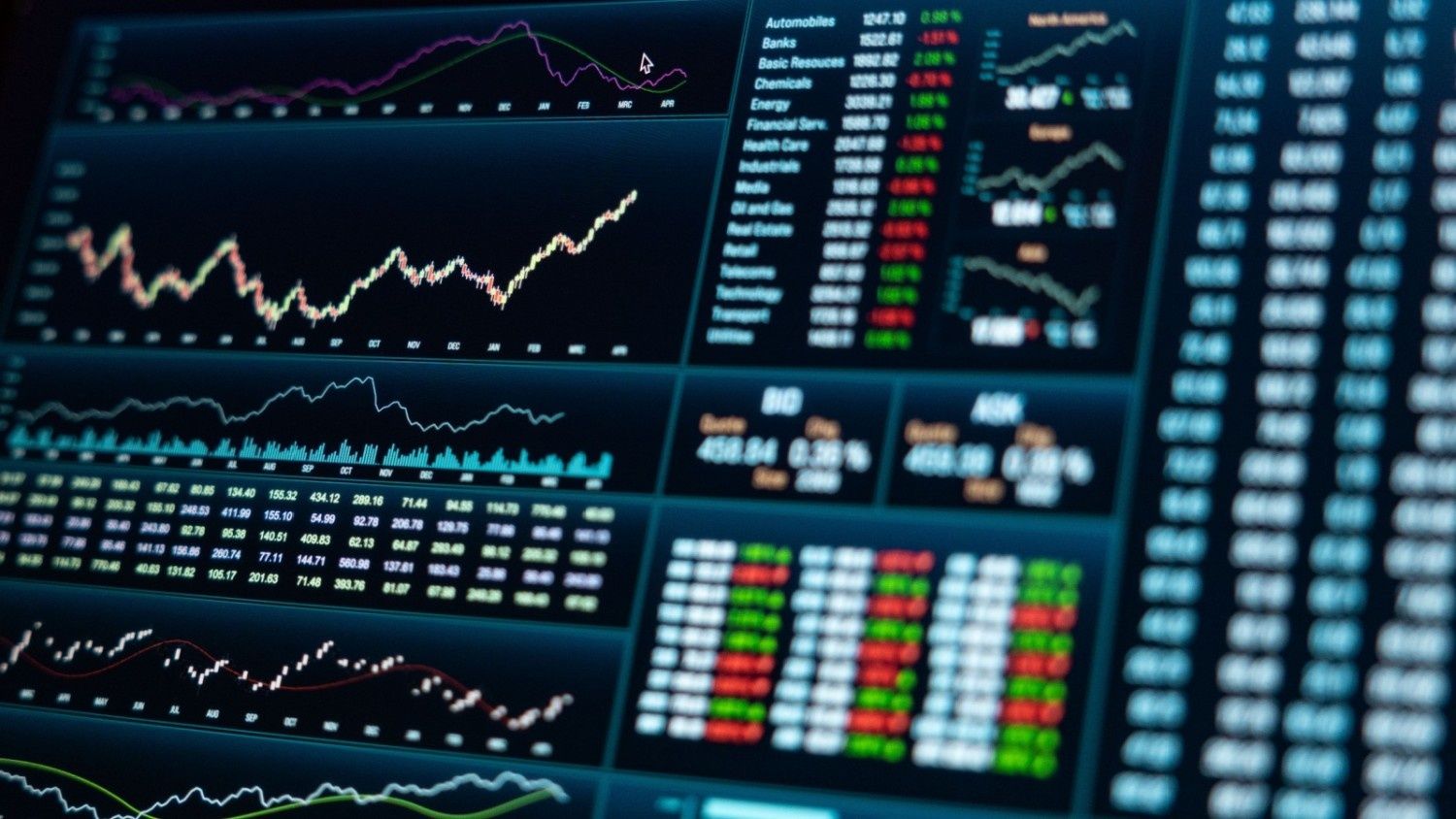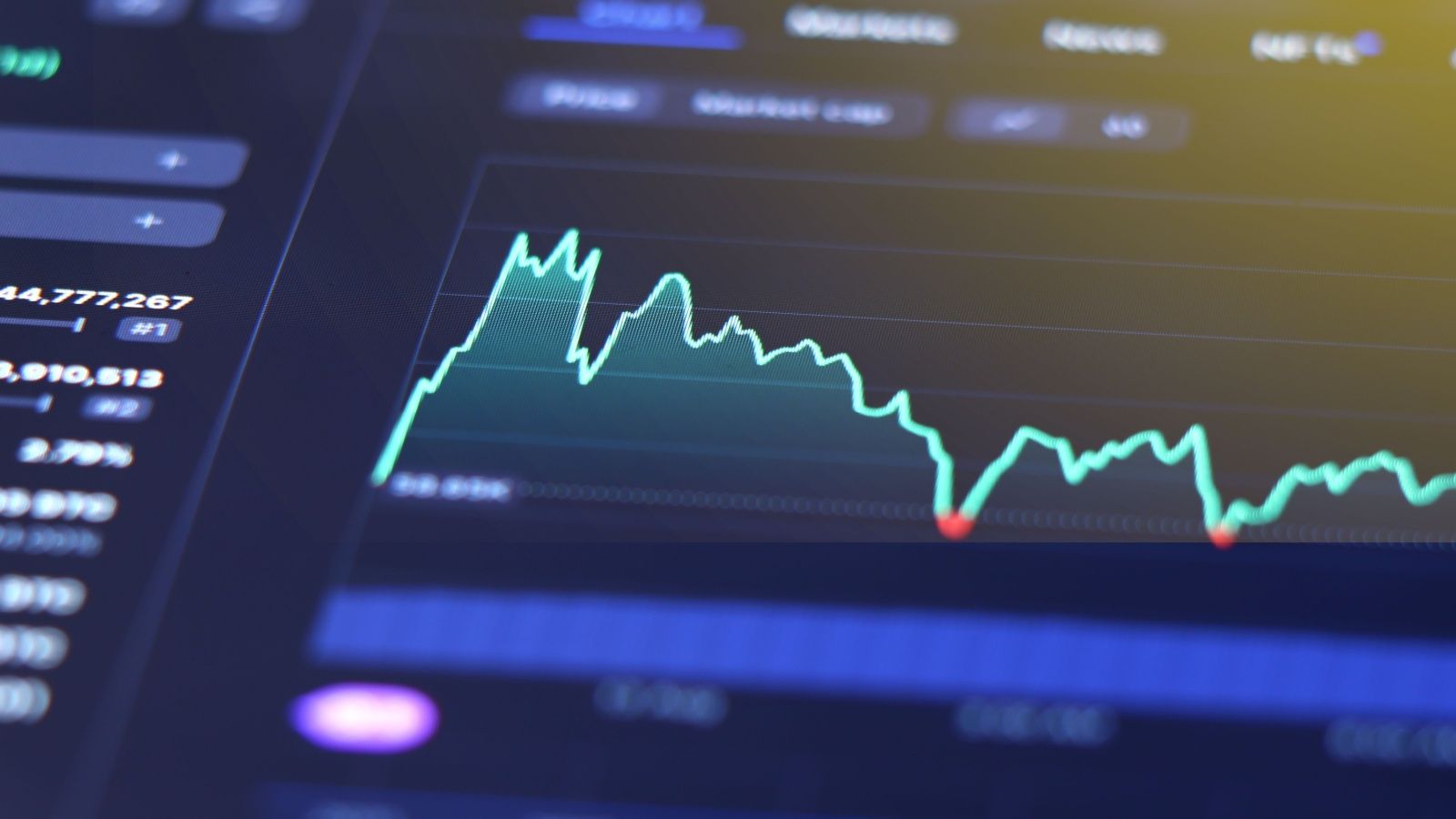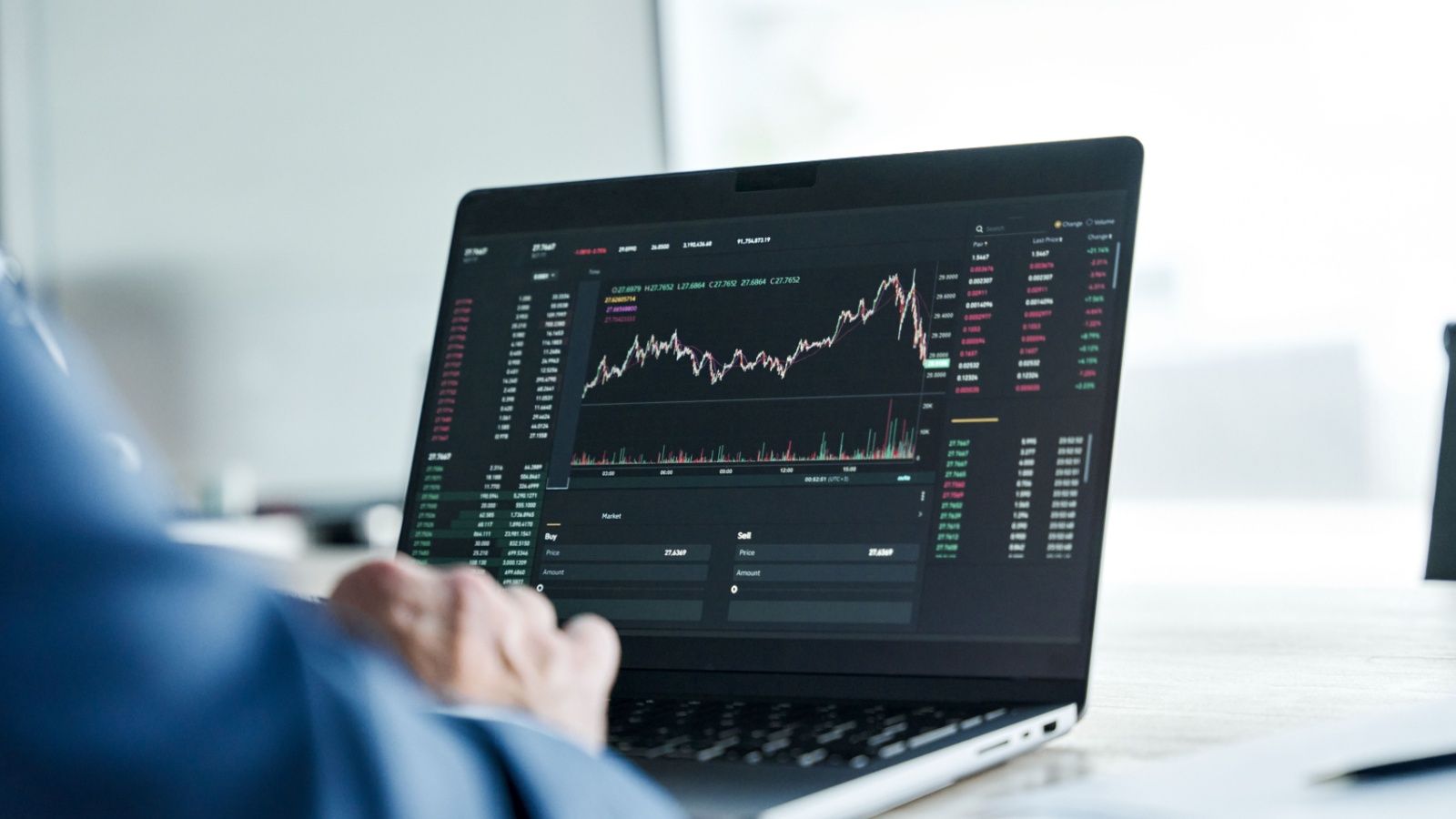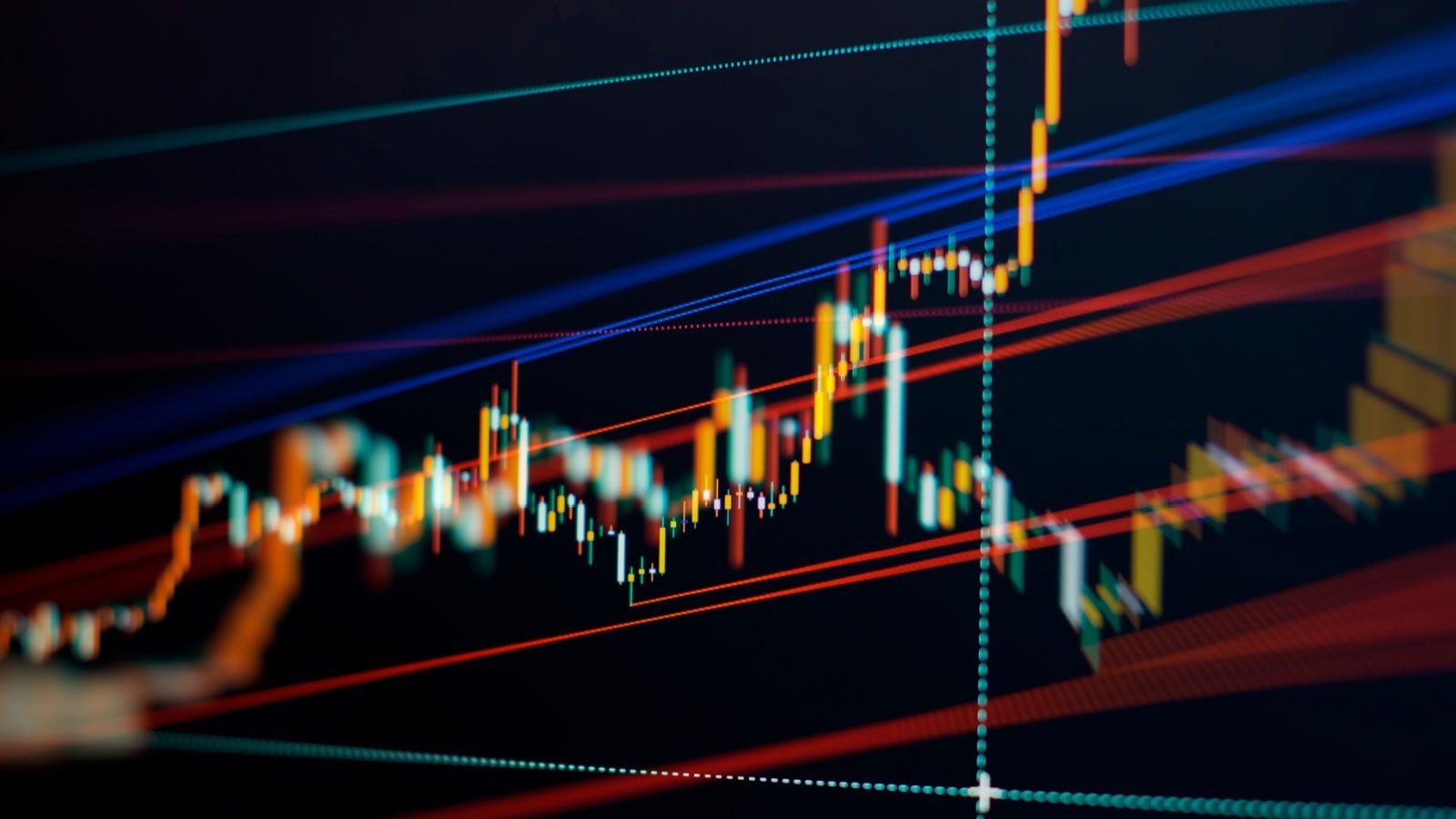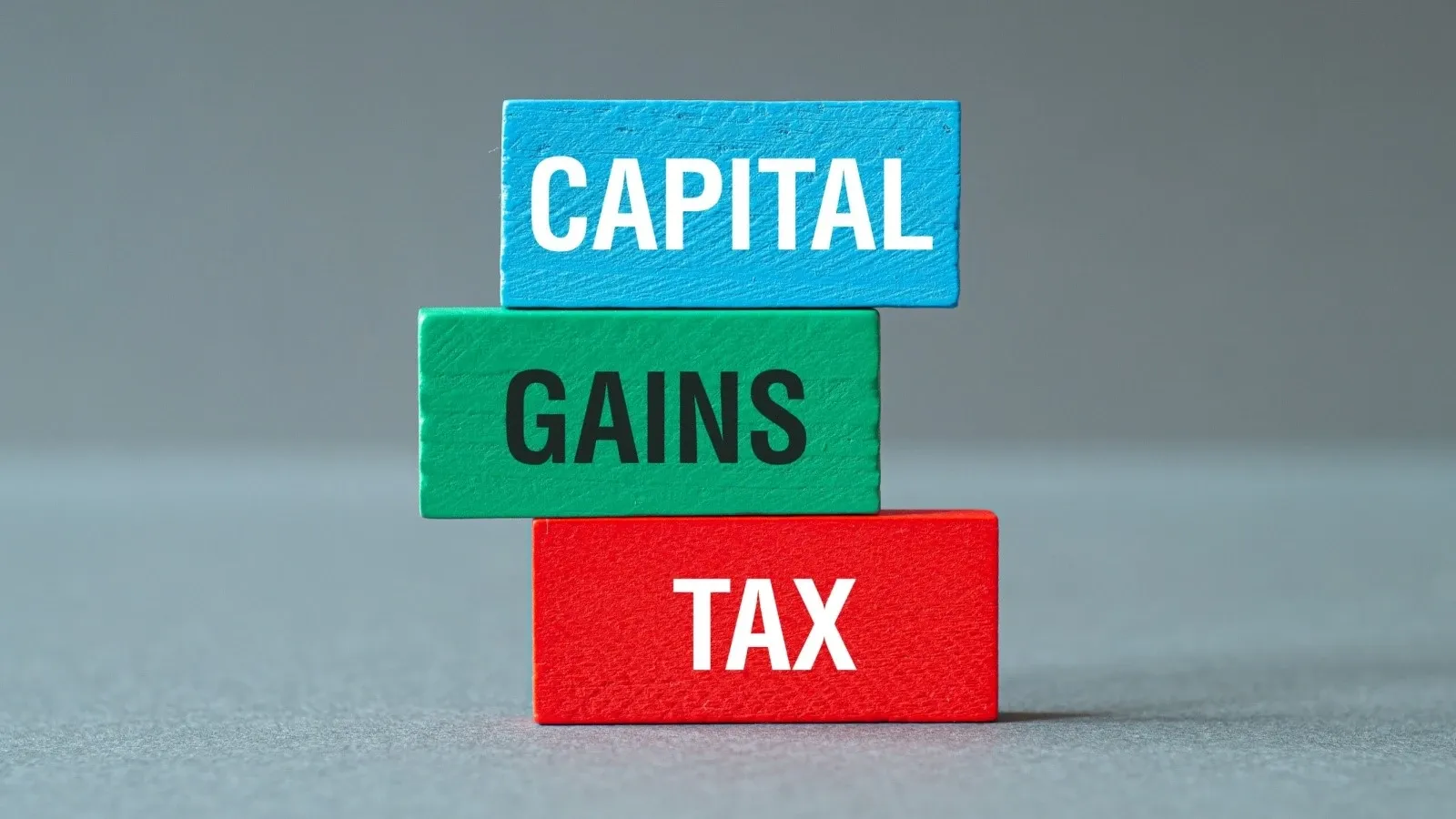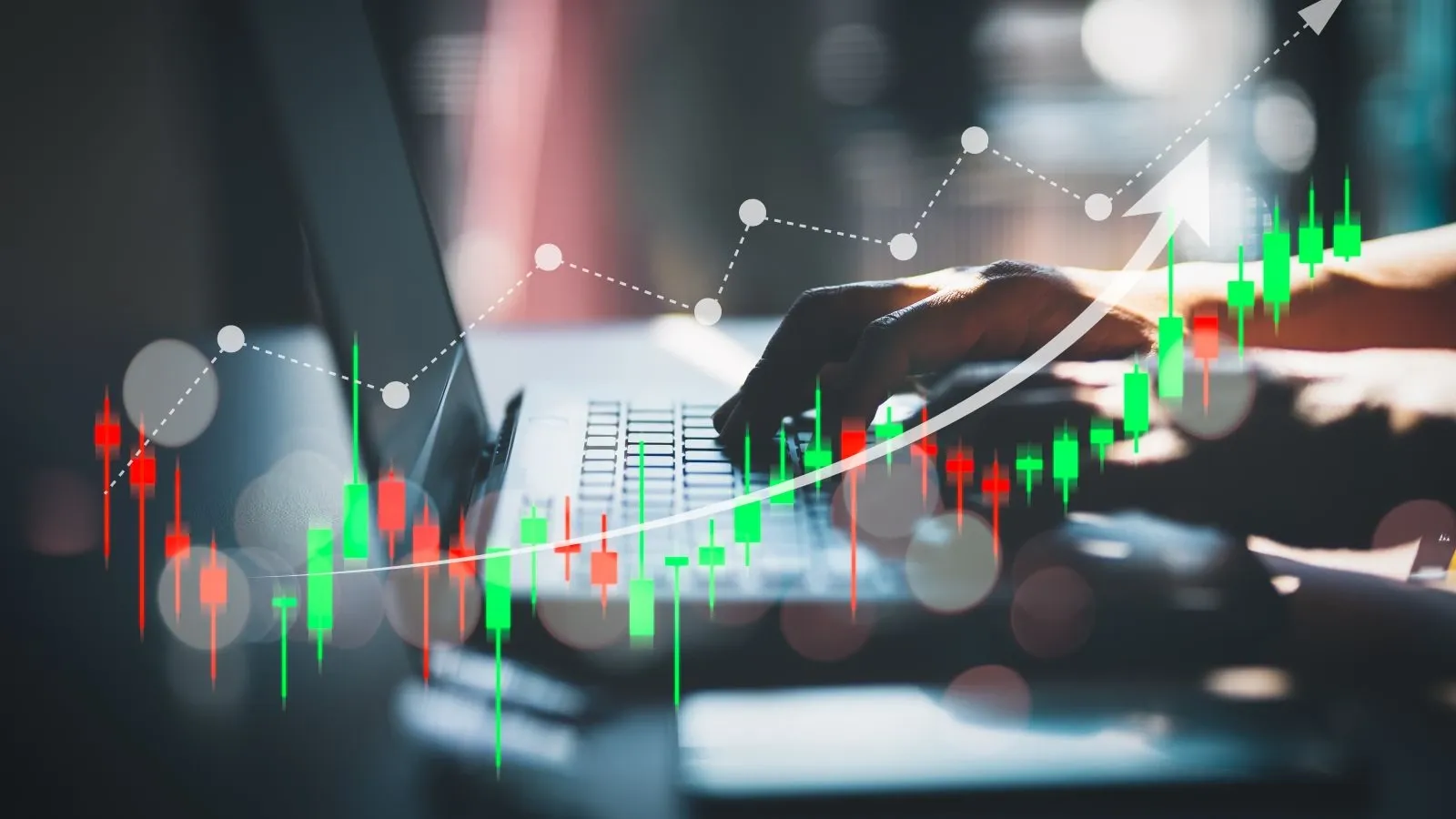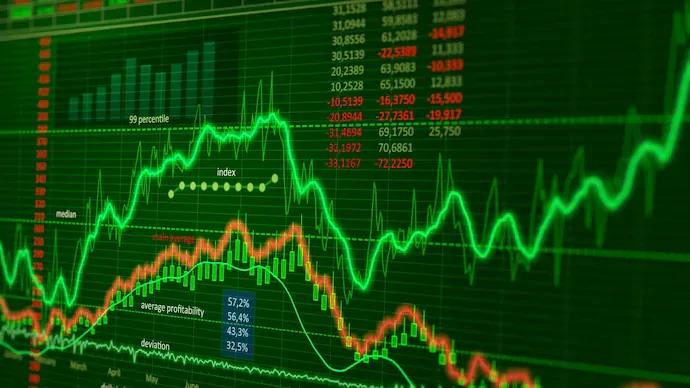Inverted Market: Causes and Example
Written by Upstox Desk
Published on October 28, 2025 | 5 min read

Summary
Inverted markets refer to the phenomenon of higher short-term interest rates than that of long-term ones. Factors causing such a trend include economic downturn, central bank policies, flight to safety, global economic conditions, historical precedent, market sentiment, etc. These are the indicators of economic challenges, making it a valuable leading indicator for economists and investors.
An inverted market is a rare but significant occurrence in the financial world. It is best explained as a condition where short-term interest rates soar higher than long-term interest rates. This unusual phenomenon is also known as an inverted yield curve and purportedly arouses concerns among investors, economists, and policymakers. An inverted market trend is usually considered an indicator of economic troubles as it goes against the typical expectations of investors. This critical concept requires a more profound understanding through an exploration of its components and implications. We will also provide real-world examples to help you understand this complex financial concept.
Understanding the Yield Curve
An inverter market trend is typically associated with government bonds and their yields and holds significant implications for the financial markets and the broader economy. However, to understand the concept thoroughly, it is crucial that we acquaint ourselves with the yield curve.
In simple terms, the yield curve is a graphical representation of interest rates for different debt securities issued by a particular entity. The most common entity here is the government and the yield curve illustrates the relationship between its interest rate (or yield) and the time to maturity of the debt.
A typical yield curve usually shows the long-term interest rates higher than those of the short-term ones. This is the normal yield curve and is often seen as a sign of a healthy and stable economy. In such a situation, investors who tie up their money over a longer period expect higher returns than those of short-term investors. This is only possible when the economy keeps growing and there is substantial inflation in the future. An inverted market is the exact opposite of this and shows a reversal of normal market trends, which has the potential to bother investors.
Causes of an Inverted Market
- Expectations of Economic Downturn: When an economic downturn is expected, an inverted market is usually observed. This makes investors foresee economic challenges ahead, making them more inclined to park their funds in longer-term investments. The anticipated lowering of interest rates in the future augments the demand for long-term bonds which in turn shoots up their prices and pushes yields lower, causing the yield curve to invert.
- Policies of Central Banks: Central banks typically have a great role to play in shaping interest rates. A central bank can raise short-term interest rates to combat inflation or cool down an overheated economy. This can lead to an inverted market causing investors to seek refuge in long-term bonds, thereby, driving up their prices.
- Flight to Safety: Long-term government bonds provide solace to investors during economic uncertainty and market volatility. This is like a flight to safety for them, which leads to an inverted yield curve. As the demand for long-term government bonds increases, their prices increase significantly and yields decrease.
- Global Economic Factors: Global economic events and factors have a significant bearing on a country’s yield curves. Let us consider an example where the world is going through an economic slowdown. During such times, the entire world faces a decrease in interest rates, causing a country's yield curve to invert.
Examples of Inverted Markets
- 2000 Dot-Com Bubble: One of the most well-known examples of an inverted yield curve took place during the dot-com bubble of the late 1990s and early 2000s. The overvaluation of tech stocks and the potential for a market crash caused concerns among investors and other players in the market. This made the investors flock to long-term bonds, causing short-term interest rates to soar, finally exceeding long-term rates.
- 2007-2008 Financial Crisis: In 2006, the yield curve inverted owing to the global financial crisis. The subprime mortgage crisis increasingly worried investors as it had sufficient potential to destabilise the financial system. This led to an inverted market scenario. The market inversion was an indication of the impending recession that finally led to the severe financial crisis of 2007-2008.
- COVID-19 Pandemic: The impact of the COVID-19 pandemic of 2020 on the financial markets was profound and felt deeply. The economic impact of the virus was so great that the investors had to seek safety in long-term government bonds, thereby, leading to an inverted yield curve. Also, the Federal Reserve went on an aggressive approach of significant reduction in interest rates as a response to the pandemic, which further channelled the market inversion.
Conclusion
Inverted markets, though rare, are crucial financial events that have a significant impact on global markets. They often arise in pre-recession eras and other economic challenges, thereby signalling the start of an economic slowdown. It is therefore important to understand them well, including their causes and examples. A thorough understanding of inverted markets can help investors, economists, and policymakers better navigate the complexities of the financial markets and make informed decisions to mitigate potential risks. Though not foolproof, the best indicator of an inverted market is an inverted yield curve.
About Author
Upstox Desk
Upstox Desk
Team of expert writers dedicated to providing insightful and comprehensive coverage on stock markets, economic trends, commodities, business developments, and personal finance. With a passion for delivering valuable information, the team strives to keep readers informed about the latest trends and developments in the financial world.
Read more from UpstoxUpstox is a leading Indian financial services company that offers online trading and investment services in stocks, commodities, currencies, mutual funds, and more. Founded in 2009 and headquartered in Mumbai, Upstox is backed by prominent investors including Ratan Tata, Tiger Global, and Kalaari Capital. It operates under RKSV Securities and is registered with SEBI, NSE, BSE, and other regulatory bodies, ensuring secure and compliant trading experiences.




